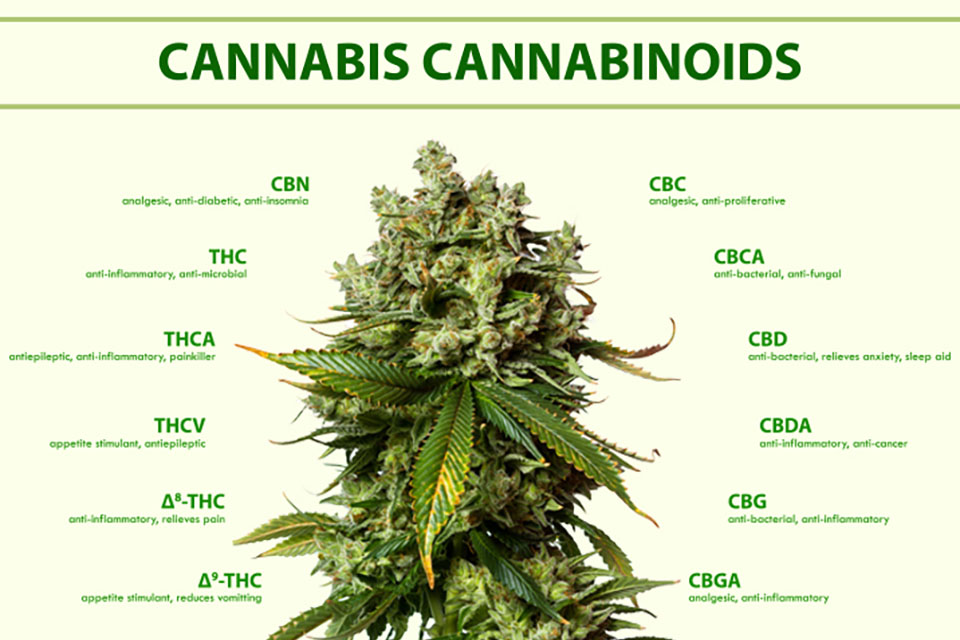
TAC or Total Active Cannabinoid Content is an important component of successful cannabis cultivation. As a home grower in the USA, understanding TAC is crucial for maximizing the potency and therapeutic properties of your cannabis plants.
By understanding the significance of TAC, what factors affect its levels, and how you can measure and monitor it, you will be one step closer to cultivating cannabis at home with ease.
At Kind Seed Co, we operate a forward-thinking cannabis company that’s committed to providing home growers with reliable and up-to-date information on TAC and other cannabis-related topics. Let’s take a closer look at TAC and why it is important.


Understanding TAC and Its Components
TAC is a collective measure of all active cannabinoids that are present in cannabis, and it’s derived from the plant’s resin. These cannabinoids are the key compounds that contribute to the potency and therapeutic properties of cannabis.
The most widely known active cannabinoids are THC (Tetrahydrocannabinol) and CBD (Cannabidiol). THC is responsible for the psychoactive effects of cannabis, while CBD has various health benefits. Other minor cannabinoids like CBG, CBN, and CBC also contribute to the Total Active Cannabinoid Content.
Expressing TAC involves summing up the individual percentages of each active cannabinoid. This provides a holistic view of the cannabinoid content and helps assess the overall potency of a cannabis plant.
Importance of TAC in Cannabis Cultivation
Understanding TAC levels is key to optimizing your cannabis plant's potential. High TAC levels mean your plants are more potent and therapeutically beneficial. This knowledge empowers home growers to choose the right strains and employ growing techniques that can enhance TAC levels and achieve high-quality cannabis products.
Factors Affecting TAC Levels
Many factors can affect TAC levels. Environmental influences like lighting, watering, and nutrients can greatly impact the production of cannabinoids, while genetic variations also play a key role. This is because different cannabis strains have different inherent TAC potentials.
Another factor that affects TAC levels is the age and maturity of a plant. Younger plants generally have lower TAC levels compared to mature plants that have been allowed to fully develop. The part of the plant that is harvested can also impact these levels since cannabinoids are usually concentrated in the flowers of the cannabis plant. An experienced home grower knows the right harvesting techniques to help maximize TAC levels.
Measuring and Monitoring TAC
Special equipment and methods like gas chromatography and high-performance liquid chromatography are necessary for accurately measuring TAC levels. At home, growers may not have access to these sophisticated tools. Luckily, consumer-level testing kits can provide an estimation of TAC. By regularly testing throughout the growing cycle, a home grower can monitor changes and make adjustments as needed.
Utilizing TAC Information for Growing Practices
TAC data provides valuable insights that can allow you to tailor your cultivation strategies. For example, you might adjust your lighting schedule or nutrient regimen based on TAC test results. This information also helps identify cannabis strains that are likely to offer the effects and therapeutic benefits you want most.
Understanding TAC can also help you choose when to harvest your plants for maximum cannabinoid content. Early or late harvesting can affect its levels, so it is crucial to get the timing right. Similarly, understanding TAC can help you to cure and store your cannabis properly.
TAC and Quality Assurance
Regulations around cannabis cultivation often include stipulations around TAC levels. Accurate TAC labeling helps growers comply with these regulations and assures consumers about the potency and quality of the product. Today, consumers continue to demand greater transparency about cannabinoid content, making TAC information more important than ever.
In addition to assuring customers of the product's potency, having an accurate TAC level also assists in ensuring the safety and efficacy of the product. It helps in preventing potential adverse effects that might be caused by high levels of certain cannabinoids. This proves the legitimacy and credibility of a cultivator in the eyes of their customers and builds trust between the producer and consumer.
Understanding TAC Leads to Better Cannabis Cultivation
Experienced home growers know that a high TAC level isn't just a number. It is an indication of the therapeutic potential and overall quality of your cannabis plants. By understanding and utilizing TAC, growers can enhance the quality and potency of their cannabis plants.
Kind Seed Co is committed to helping growers navigate these complexities so they can make informed decisions about their cultivation practices.






